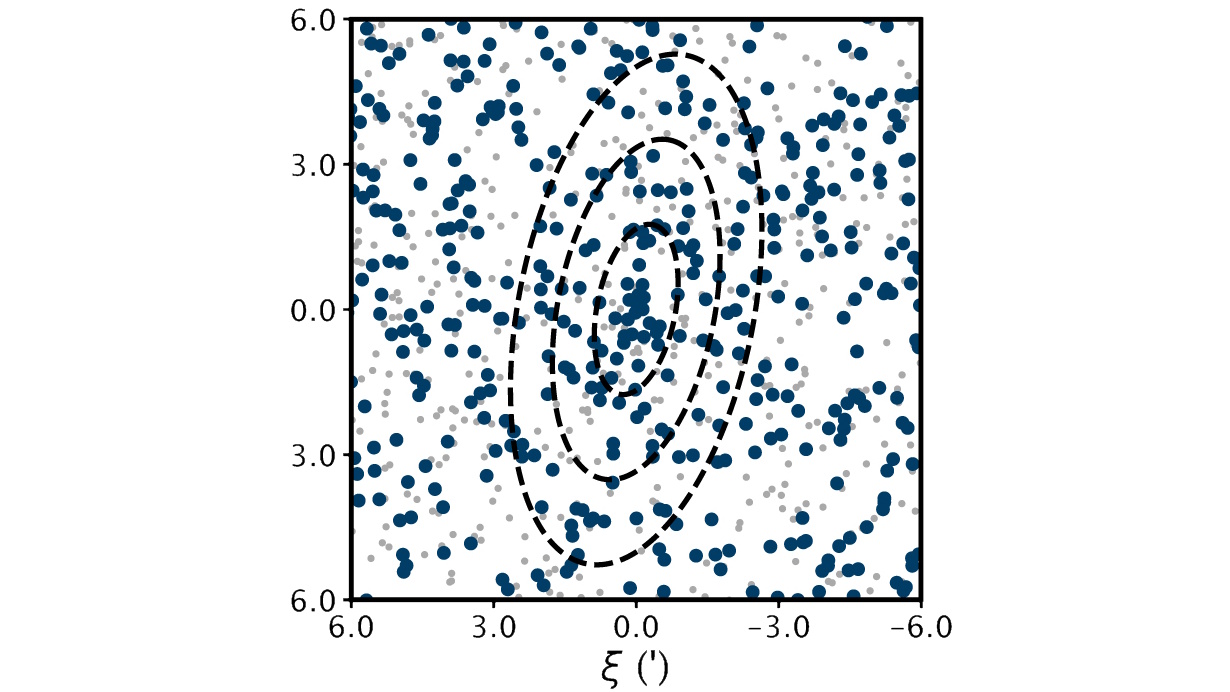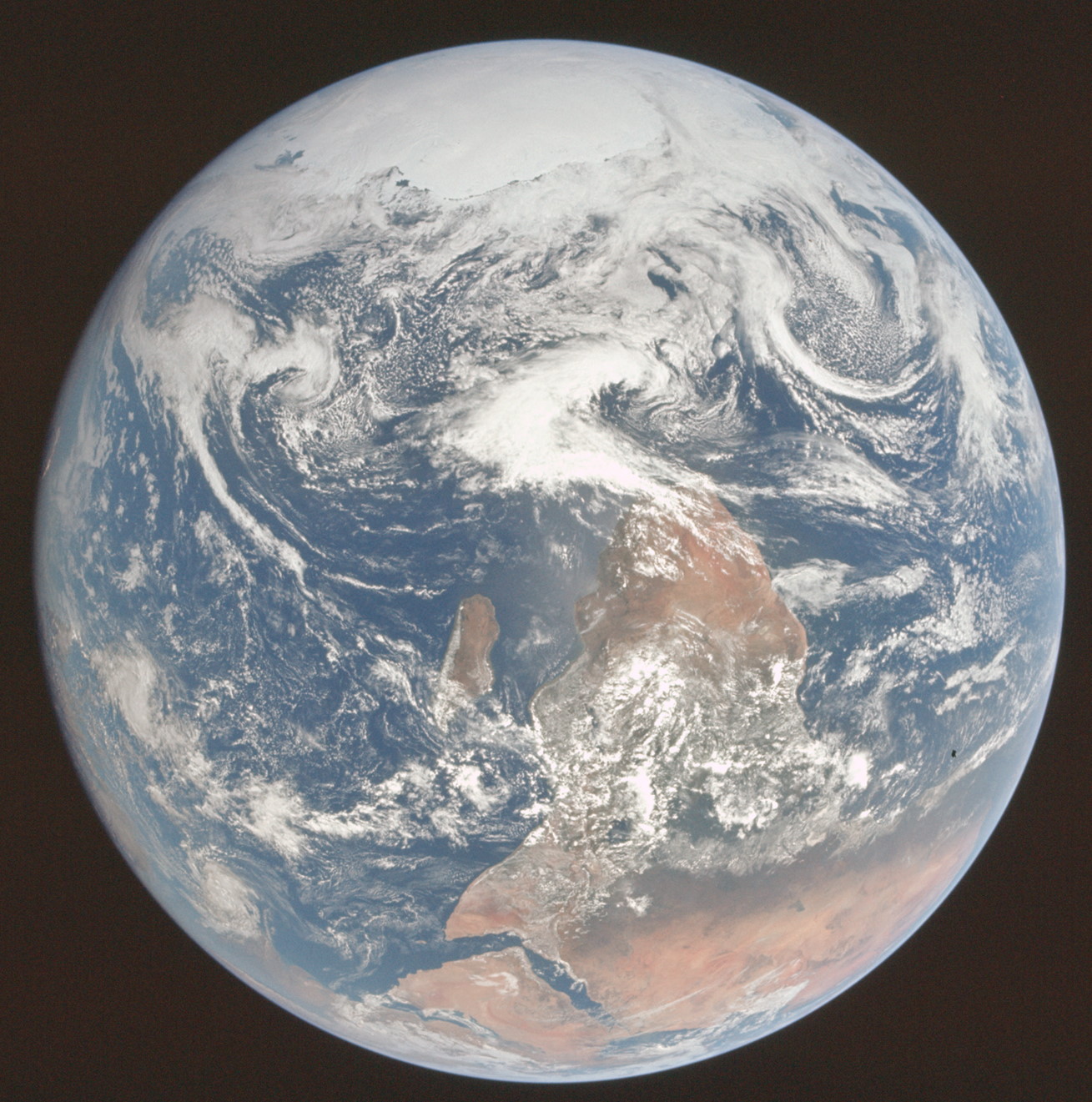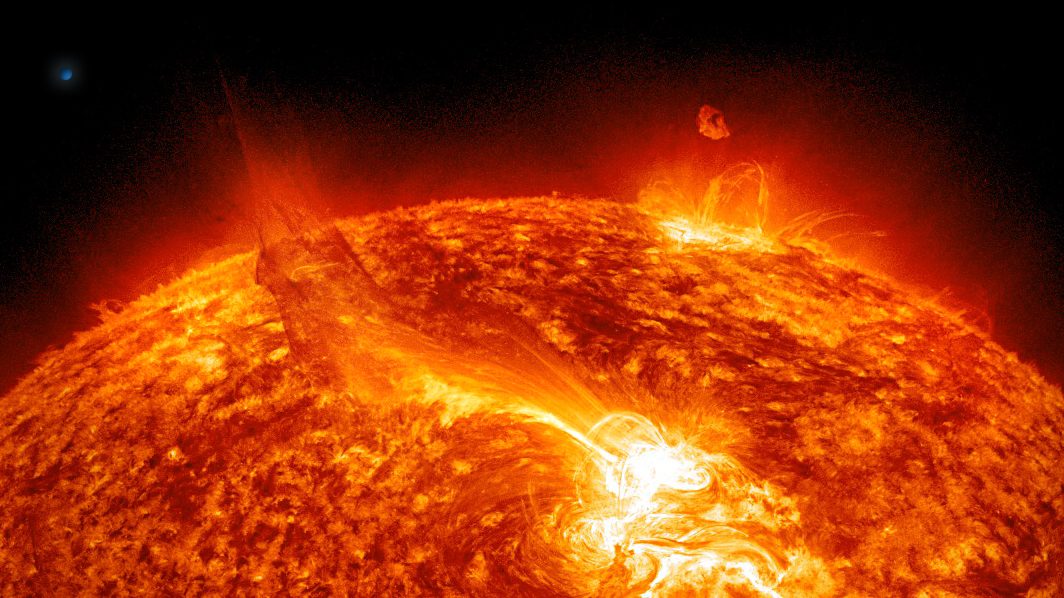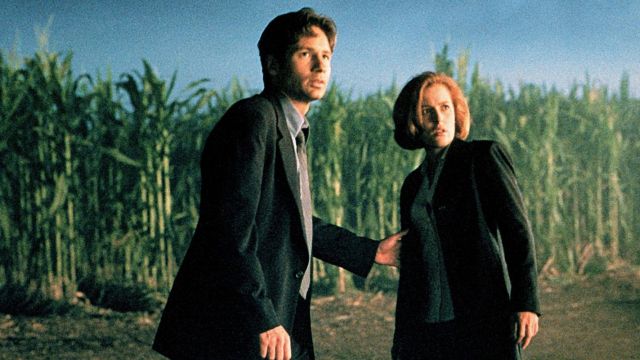Why understanding scale is vital, not just for science, but for everyone
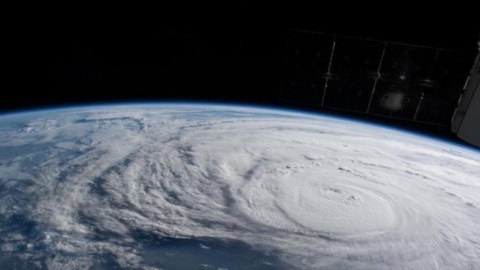
We may use superlatives all the time, but that’s no substitute for quantifying just how bad, big, or important something is.
This article was written by Kimberly Arcand and Megan Watzke. They are the authors of “Magnitude: The Scale of the Universe,” going on sale November 7th.
“I go to the Natural History Museum and look at the cage of stuffed starlings there. But my favourite thing is the big blue whale. The scale of it is unbelievable, and makes you feel how insignificant you are as a human being.” –Arthur Darvill
This week, Hurricane Harvey has seemingly exhausted every superlative that can be associated with a storm. Words like “catastrophic” and “historic” and “disastrous” are just some of those being used to try to explain what is happening in Texas and Louisiana. In today’s society, we can virtually watch such events unfold through the portal of social media. We often can’t really know the horrors or the suffering that are being experienced by those who are living through something like Harvey. We can only try to comprehend and offer help, usually remotely and indirectly for those of us who live far away, where possible.
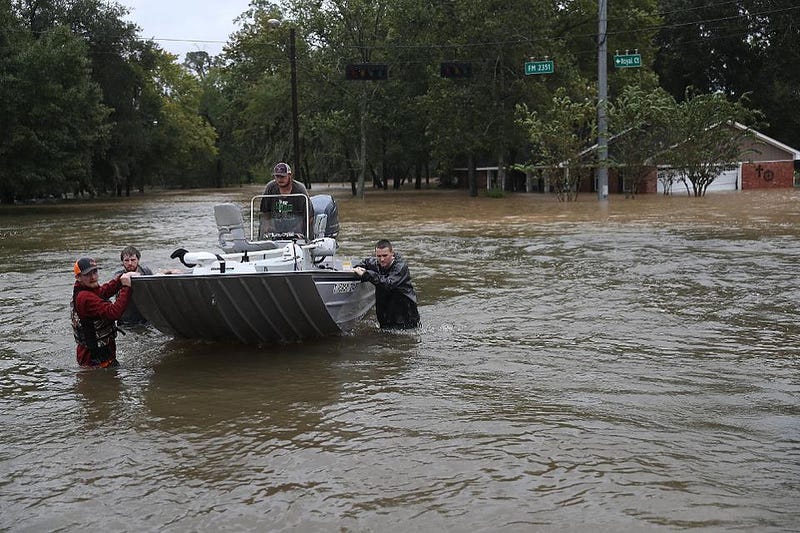
But we need to understand what is happening and the scale of the event to the best of our abilities. This applies not only to storms like Harvey, which could be growing in frequency and power due to climate change, but to many, many challenging topics in our world that are tossed about in the daily deluge of news. We live in a society where big numbers and large concepts are thrown around on many critical topics. From the economy to the environment, from medicine to manufacturing, and from politics to polymers, we are bombarded with facts and figures that can feel meaningless without context.
Eames Demetrios, the grandson of Charles and Ray Eames who created the “Powers of Ten” book and film, argues “not understanding scale in this day and age is a form of illiteracy.” His viewpoint is that you cannot navigate this world without having a framework on which to base your choices. We agree.
Demetrios calls scale the “new geography” and says:
“Just like knowing the map of the world gives you a place in your mind to hang new pieces of information about new places you hear about, similarly having a sense of scale gives you tools for a new kind of understanding.”
So as many of us struggle to grasp the impact of something as huge as Hurricane Harvey — where the flooding is so severe, the National Weather Service had to add more colors to their mapping scale to depict flooding beyond 10 feet of water — we can turn to different tools to broaden our understanding and make more informed decisions.
#Harvey in perspective. So much rain has fallen, we've had to update the color charts on our graphics in order to effectively map it. pic.twitter.com/Su7x2K1uuz
— National Weather Service (@NWS) August 28, 2017
Using comparisons, for example, can be a powerful way of taking something that seems esoteric and making it digestible based on our more human-sized experiences. The surface area that Hurricane Harvey has flooded, especially in states as large as Texas and Louisiana, can be hard to imagine. Picture an area about 100,000 times the size of the National Mall in Washington, DC. Or about 30 times the size of the world’s ten smallest countries — combined. (For reference, the 10 smallest sized countries include Grenada, Malta, the Maldives, Saint Kitt & Nevis, Liechtenstein, San Marino, Tuvalu, Nauru, Monaco and Vatican City. Even if you’ve never been to any of those countries, knowing each one would be submerged, and then 30 times more space on top of that, can be an impactful thing to imagine.)
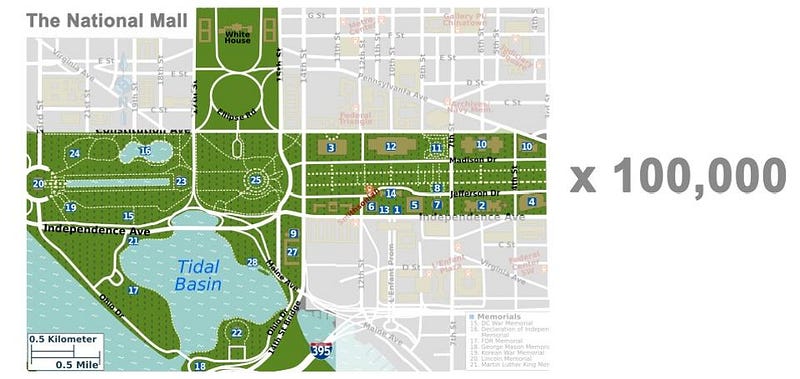
The Washington Post used scale to help understand the total amount of rain in their coverage of Hurricane Harvey as well. They depicted what 9 trillion gallons of rain might look like. This incredible amount of water can be very difficult to imagine otherwise, yet their visualization of a cube two miles on a side was striking and impressive.
Such comparisons are not meant to trivialize or diminish very real and devastating situations, but rather to provide perspective and help us better grasp the situation at hand, whether it helps us picture the size of a newly created iceberg, a local comet we’ve landed on, or simply a size comparison of a telescope. In happier circumstances, comparisons of scale and magnitude can be a means to expand our minds and learn about all of the possibilities that humanity’s ingenuity and nature’s wonders can provide.
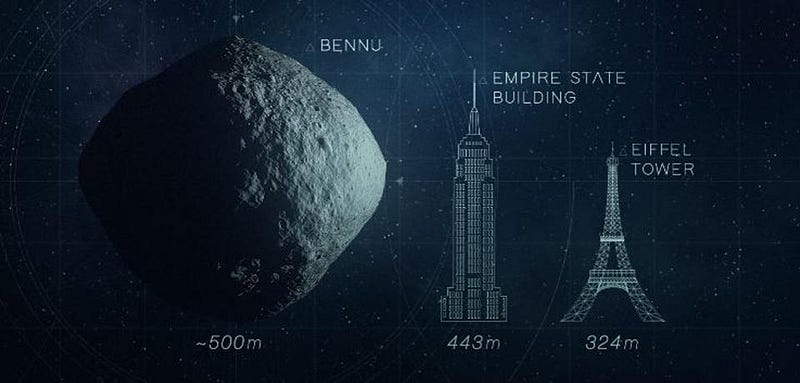
No matter what the topic, we are all better served by trying our best to make sense of what is happening around us — either down the street or across the globe. Understanding size, scale, and magnitude is an important tool for each of us to navigate our ever changing and growing world.
Megan Watzke and Kimberly Arcand are the authors of “Magnitude: The Scale of the Universe,” available on November 7, 2017 and published by Black Dog & Leventhal.
Ethan Siegel is the author of Beyond the Galaxy and Treknology. You can pre-order his third book, currently in development: the Encyclopaedia Cosmologica.